On Tuesday, August 26, during Upper School orientation, Ayrshire Courtyard buzzed with students trading hugs, laughing, and catching up after the summer break. As the initial excitement faded, students quickly turned their attention to Veracross and the newly released class schedules. Some huddled over their phones, comparing schedules; others seemed puzzled over missing courses or other unexpected surprises.
Zoe G. ’27 was surprised and worried when she discovered the imbalance in her schedule a day before school started. “I had two frees on Day 6, but only two classes. It was really unbalanced, but [the schedules] were so late that I didn’t really know if I should change it or not,” Zoe said.
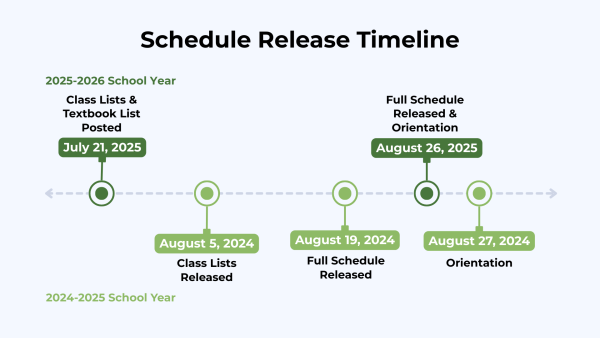
Last school year, class lists were released in early August, and schedules were released about a week before orientation. However, this school year, administration released schedules on a new timeline. Class lists were released in late July, and full schedules were given to students on the morning of orientation, one day before Convocation. Drop/Add, a period where students can submit requests to change their class schedules within the first rotation, began the following day.
Registrar Mr. Jackson Bueno explained that the release date changed partly because of the backend work and collaboration needed to make the best possible schedule for students. “When I’m building the schedule, I’m operating on everyone’s timeline, multiple divisions, and facilities,” said Mr. Bueno. “So, when students experience receiving schedules a little bit later, it’s because there was a lot of effort going on in the background to make sure that everything was okay.”
In addition to all the backend preparation, administration wanted to encourage students to wait for the Drop/Add period to begin before changing their schedules.
Assistant Director of Upper School Ms. Kerri Epps added that understanding and experiencing classes firsthand helps students make better choices for the Drop/Add process. “Even if [the schedule] is released a month early, we’re still going to wait to start [Drop/Add] because you should go to your class… meet the teacher, see the syllabus, think about their course load, and then make an informed decision,” she said.
Upper School administrators also hoped orientation day would serve as an opportunity for students to review their schedules with their advisors in person and address any major concerns. However, for many students, this wasn’t the case. Isabelle Y. ’27 said, “I don’t really think we went over my schedule during orientation. [My advisor] did try her best to help me, but it was a lot of just me working with Mr. Bueno and Ms. Epps.”
For many students whose schedules were incorrect or who were hoping to make changes, the challenge wasn’t just the later schedule release, but also the uncertainty of when it would arrive. “Last year, when we got our schedules really early, I was able to make changes with Mr. Bueno before the school year started, so I could start the school year with a good schedule,” said Abbie Z. ’28. “But this year, it just came so late, and I know it made a lot of people anxious… especially [because] of [the] lack of communication.”
Communication was another point of frustration and uncertainty for students. An email notifying students about the release of class lists on Monday, July 21 included brief information on schedules: “Schedule details will come out closer to the first day of school.” Although Upper School administration did describe the time frame of the schedule release to students, there was no additional communication about class schedules until orientation on Tuesday, August 26, at 8:03 a.m., notifying students that their schedules were available on Veracross as of 8 a.m.
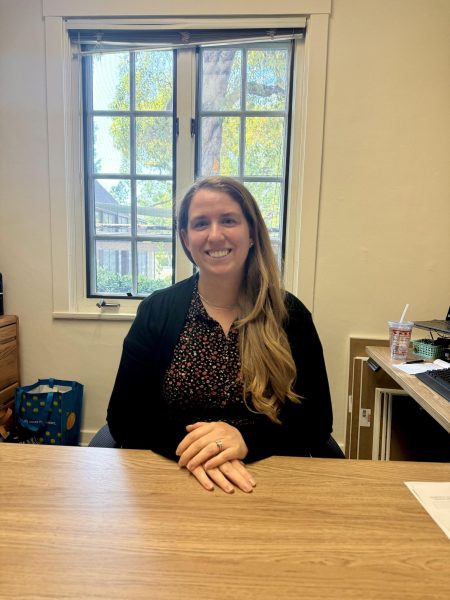
Acknowledging the balance between too much and too little communication, Ms. Epps said, “It’s a fine line. We want to be careful to not send so many messages over the summer that it gets muddy… I can see that being very frustrating.”
Dr. Arias added that accuracy is always a priority in communication, and the commitment to accuracy can often slow a process. “Even things about how our schedule interfaces with the schedule of other divisions can all cause us to pause the larger process, in order to make sure that we’re being accurate in what we’re communicating,” she said.
Furthermore, the communication around the Drop/Add process was unclear for both teachers and students, as multiple teachers had students who missed classes even after their schedules were changed. “I had a student who was added to my class, and for whatever reason, for no fault of anyone’s, just wasn’t checking her email or wasn’t checking Veracross, whatever it was, she didn’t know. So, she missed two days of history before she figured out where she was supposed to be,” said Upper School History Teacher Ms. Jennifer Cutler.
Still, the impact of the later release was felt most by students, who were rushed, unprepared, and anxious about having enough time to review their schedules. “I feel like [the schedule timeline] was really rushed this year, and I didn’t really know if I wanted to add or drop anything because I was given very little time to think about it,” said Zoe G. ’27. “My freshman year and sophomore year were definitely better in terms of when the schedule came out because it came out in a more timely manner.”
Although administration was hoping to give students a chance to make changes with the guidance of their advisors, most were left feeling anxious about a schedule in limbo. “If you have a good reason to switch a class… you should be able to change it before school starts, just so nobody misses anything, and you don’t have to spend the first few days of school in a panic about whether or not you can get into a class, feeling like your schedule isn’t yours,” said Mason K. ’26.
For Elise W. ’28, having her full schedule set and ready would have given her time to prepare mentally and understand her school day. “I wish that we had [our schedules] at least a week before school started, so that we could kind of settle into the idea of school starting… it was kind of sudden and abrupt… it was just too close to school,” said Elise.
Administration did release class lists in July, which was a few weeks earlier than last year. “We felt like [students] had enough information to do things like buy textbooks [and] be prepared in time,” said Dr. Arias.
Even though Shania W. ’27 did have her class list in time to buy books, she didn’t want to buy books she would end up returning if her schedule didn’t work out. “Last year, I remember buying all my books in advance because I knew my schedule, and I knew that these were the classes I wanted to take,” she said.
Several teachers also believed it would have been beneficial for students to receive their schedules before orientation. An unnamed Upper School teacher and advisor said, “I would completely understand why a student would be frustrated not to know things more clearly in advance, although I do understand Dr. Arias’ motivation to prevent students from changing their schedules based on a preference [for a] teacher.”
Despite the best efforts of administration and students, some changes are inevitable and unavoidable. Students’ minds change just as classes are sometimes overbooked or double-booked. In the past, when schedules were released earlier, a deluge of emails flooded the registrar’s inbox from students hoping to change their schedule prior to the first day of school.

It’s not difficult to understand why. Students aren’t just selecting courses. Often, they are also attempting to design a balanced schedule, select a preferred teacher, or maximize rigor. If given that opportunity, Abbie Z. ’28 would have avoided the uneven distribution of core classes. “I have three core classes in one day and then only one core class on the other day,” said Abbie. “It makes it extremely stressful for that one day, especially because I have to bring so many things.”
Mr. Bueno is aware of the need to balance students’ schedules and actively considers it, but it is not always possible with the many factors that also must be taken into account when building the schedule. “I’d love for students to have a greater balance when it comes to their schedules, and that’s always something I strive for, but there are additional considerations to take into account when building the schedule,” said Mr. Bueno.
Behind the scenes, building the Upper School schedule is a months-long process that begins in February and continues throughout the summer, involving drafts, revisions, and coordination across divisions.
Course registration starts in February with Upper School students, then expands to the Middle School and newly admitted students throughout the second semester. By April and May, Mr. Bueno begins building the schedule, balancing where classes best fit, students’ graduation requirements, course approvals, faculty needs, and coordination with the Middle School schedule. Throughout the spring and summer, multiple drafts are reviewed by the Upper School office and the Head of School’s office, which collaborate to determine the best way to create the school schedule, before the final version is established. “There are many, many factors that have to be all brought together and balanced in order to execute the schedule, which is why we start it halfway through the school year,” said Dr. Arias.
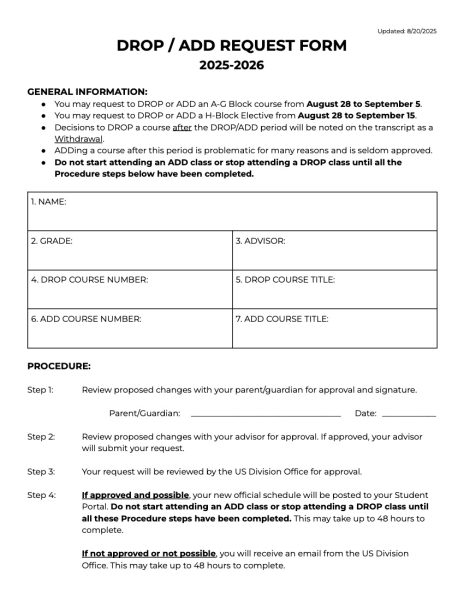
Although the early start to course registration hasn’t alleviated student frustration, it has mitigated some of the Drop/Add process. The Drop/Add process began on Thursday, August 28, the day after Convocation, until Friday, September 5, for regular courses (A – G Block), and Monday, September 15, for H-Block electives, which was extended for the first time this year. With advisors as the primary point of contact for students dropping and adding courses, the Drop/Add process is intended to allow students to make changes to their schedule within the first rotation. To make changes, students fill out the form found on Veracross, get parents’ permission, and submit the form to their advisor before the deadline. From there, advisors submit the request to the Upper School administration for review.
Mr. Bueno attended advisor meetings before the start of school to help streamline the Drop/Add process. “Every year, we strive to give advisors more information about new classes and how the next year is going to look in the spring,” he said.
Still, some students waited four to five days for Drop/Add requests to be reviewed, which ultimately set them back in their classes. Pushing back the schedule release also impacted other programs like the Writing Center, which was unable to assign shifts before the school year startedand students’ blocks were finalized.
Isabelle Y. ’27, who submitted the Drop/Add form on the first day it opened, received her adjusted schedule on the last day of the Drop/Add process. “It took a long time, and they were just like, ‘We’re working on it, we’re working on it.’ I do understand that they have like a billion other students to work with, but it was kind of overwhelming because I was scared that I wouldn’t get the schedule that I wanted,” she said. Isabelle ended up missing an entire week of the two classes she switched into– advanced biology and advanced statistics.
“There were some challenging moments. [My advisees] weren’t making major changes, but a couple of them had some issues with their schedule. I wanted them to be able to make the changes sooner than later, and I think that would’ve been better for them,” said Upper School History Teacher Ms. Sandy de Grijs.
Even if students missed classes during the Drop/Add process, Ms. Epps emphasized that it should have a minimal impact to their learning. “In the scheme of the year, it’s a very short window where we get to make those changes,” said Ms. Epps. “[Some students] might have missed one, two, or possibly three days, but that would be the most.”
When it comes to the schedule build, design, launch, and communication, time is of the essence for teachers, students, and administration, whose efforts to provide a clear and streamlined process have not been without success.

One of the major adjustments to course registration was the elimination of ranked course preferences during the course registration process in February. Doing so ultimately streamlined the schedule building process. “If students put in their second choice, they really didn’t want it, so we had to change their schedule anyway,” said Ms. Epps. “So this year, we tried something different, where we didn’t have students rank, so we could try and get everyone into their first choice class to begin with.”
The change, combined with refinements to the Drop/Add process, like giving students two rotations to decide on their H-block elective instead of one rotation in previous years, helped the process become more efficient. “Once Drop/Add was live, in the first three days, we got through [an estimated] 75% of student requests,” said Dr. Arias.
Mr. Bueno also added, “There’s always a lot of H-block requests, but I would say I’ve seen, over the years, a large decrease in the amount of requests I’ve been receiving.”
Still, several teachers felt that their classes were pushed back and missed a week of momentum because of students switching H-block classes. “I personally think that giving longer time for changes makes it so that teachers can’t settle into their classes and curriculum,” said an Upper School teacher, speaking to the extended H-Block Drop/Add process.
In regards to the overall course registration process, an indicator of positive progress is the number of Drop/Add requests. “One big piece of feedback for us is that the number of requests in Drop/Add this year was significantly fewer than the year before, which means we’re doing a better job in the earlier stages,” said Dr. Arias.
As course registration, schedule release, and the Drop/Add process continue to evolve, the Upper School Office will continue to incorporate student feedback while refining the schedule timing and communication with students. Administration’s overall goal is to move the schedule release earlier in the year, while getting information out to students in its most accurate form.
Multiple teachers hope that the schedule release and process will take place in an earlier time frame for future years. “I would prefer if students received schedules in spring, so that they would get the support from advisors to make informed decisions and still have information well in advance,” said another Upper School teacher and advisor.
“Our general goal is to move more accurate information through the system with the ultimate goal of moving the whole process earlier,” said Dr. Arias. “Sometimes, [to] get things out in their most accurate form, as we’re problem-solving, some things have come out a little bit later.”

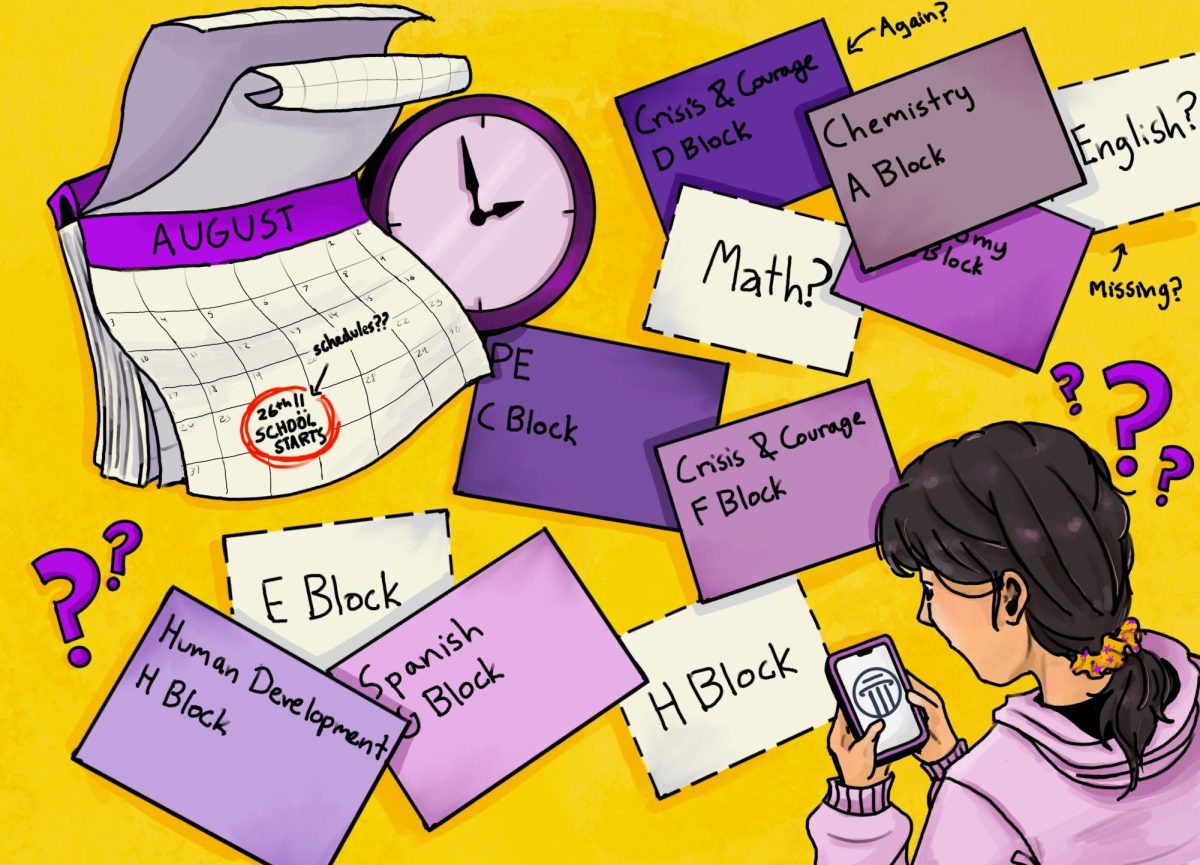
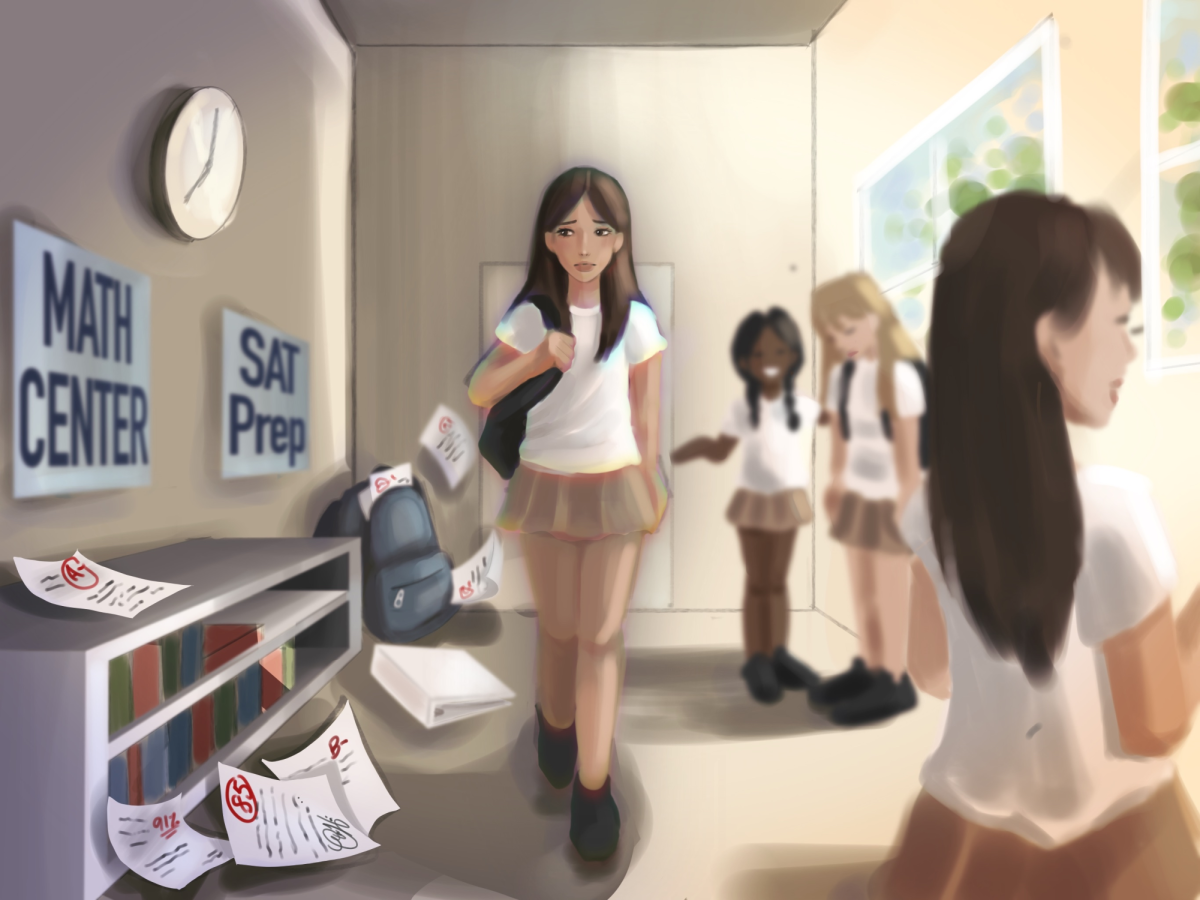

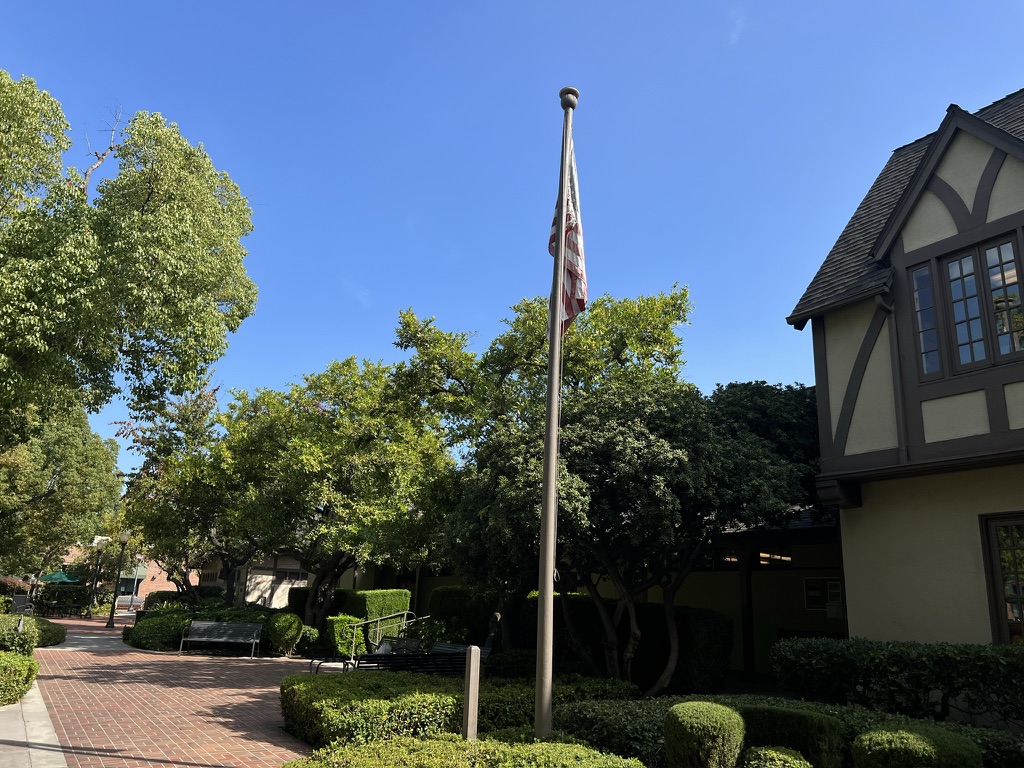






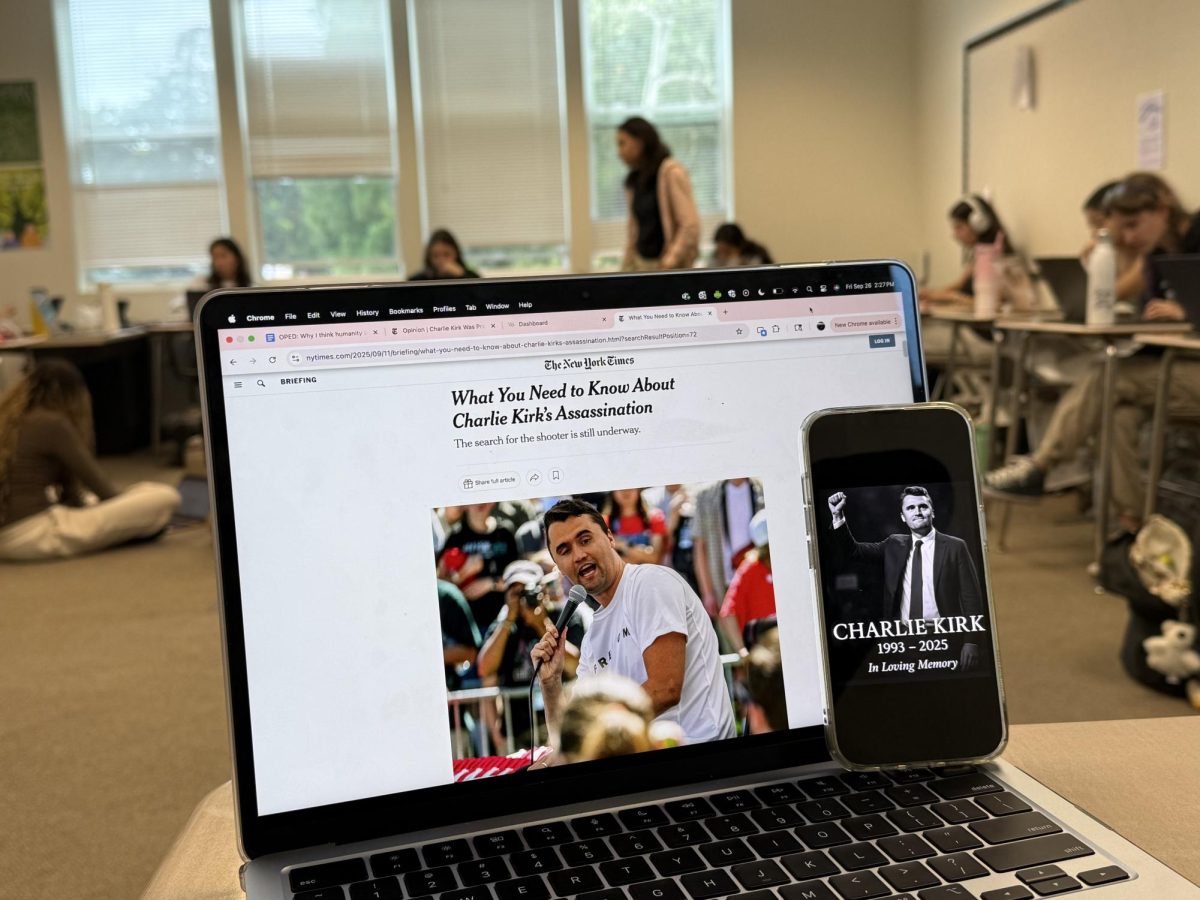

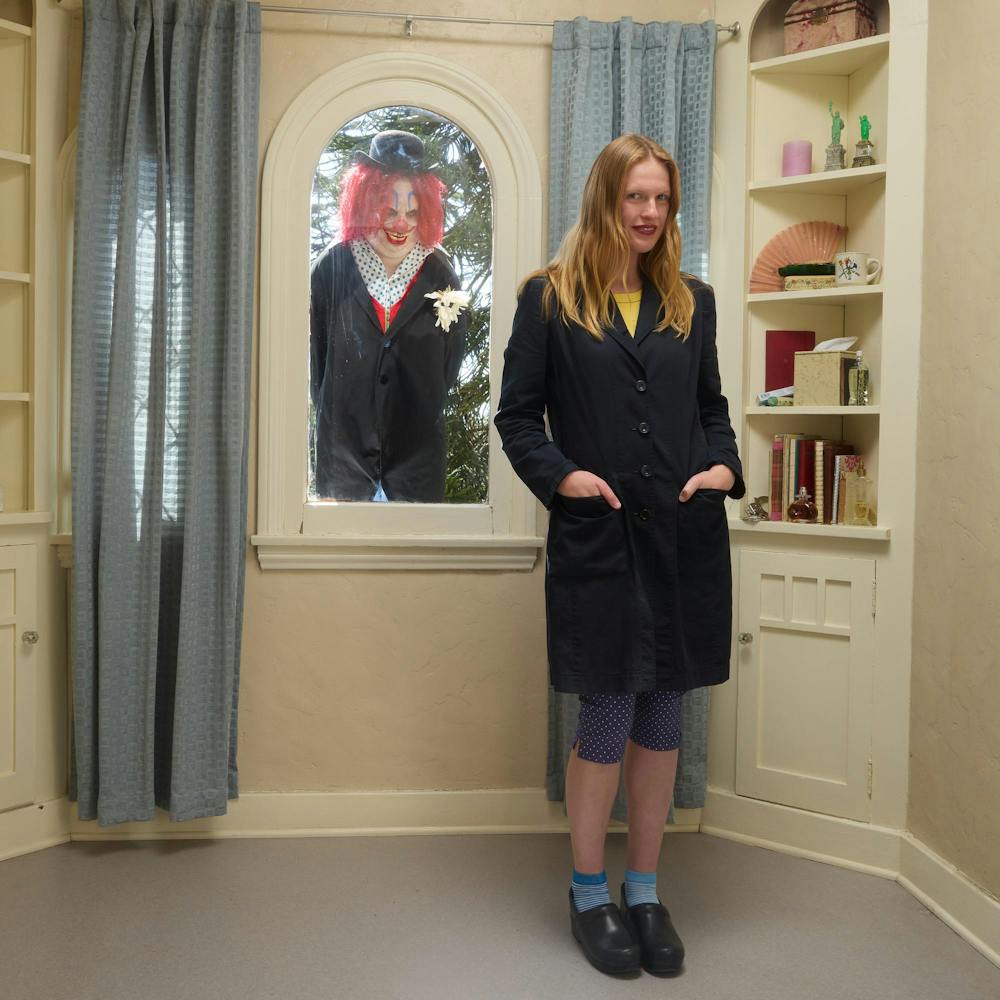




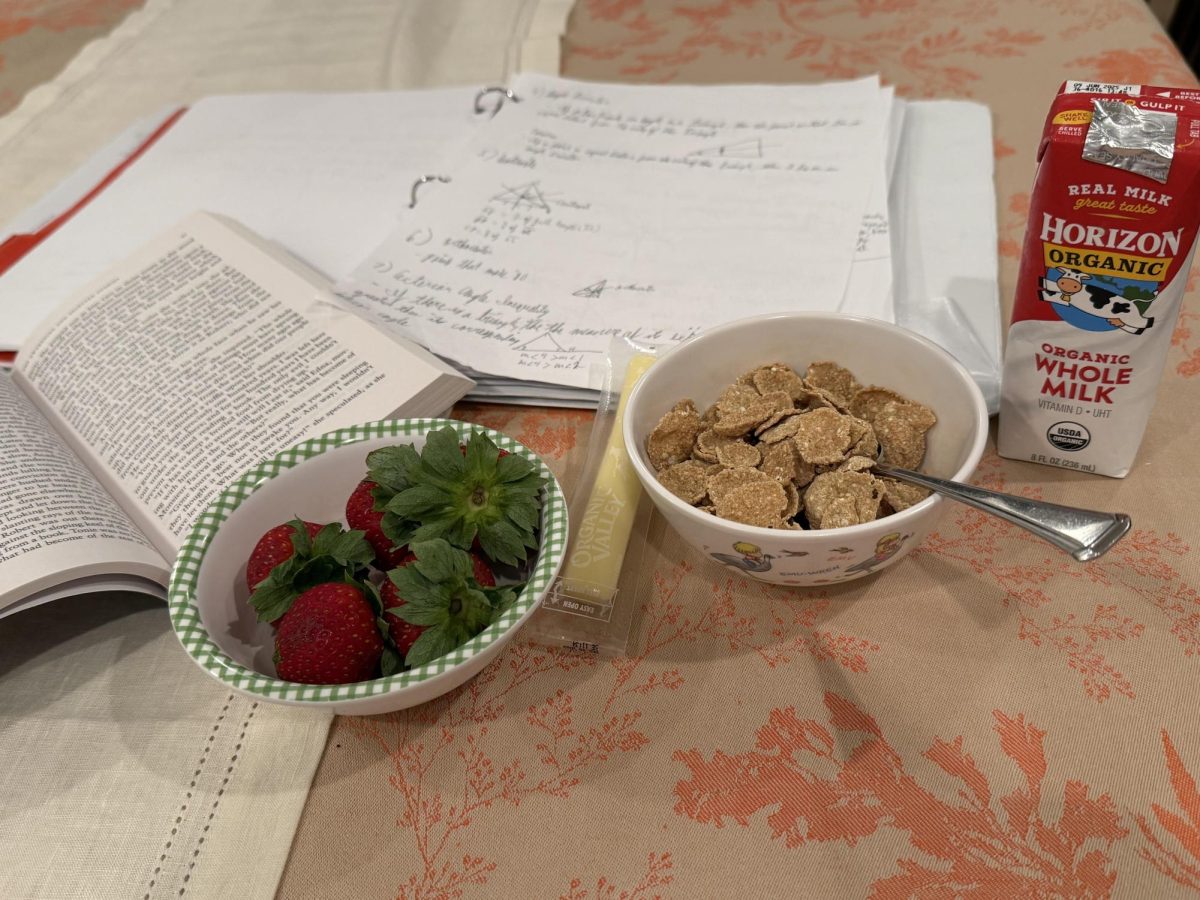

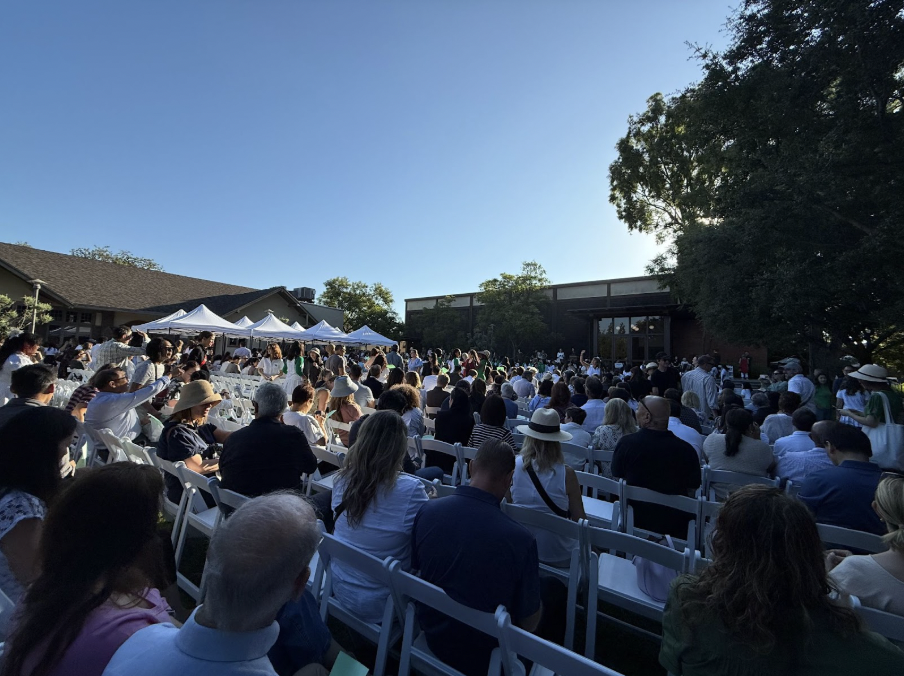

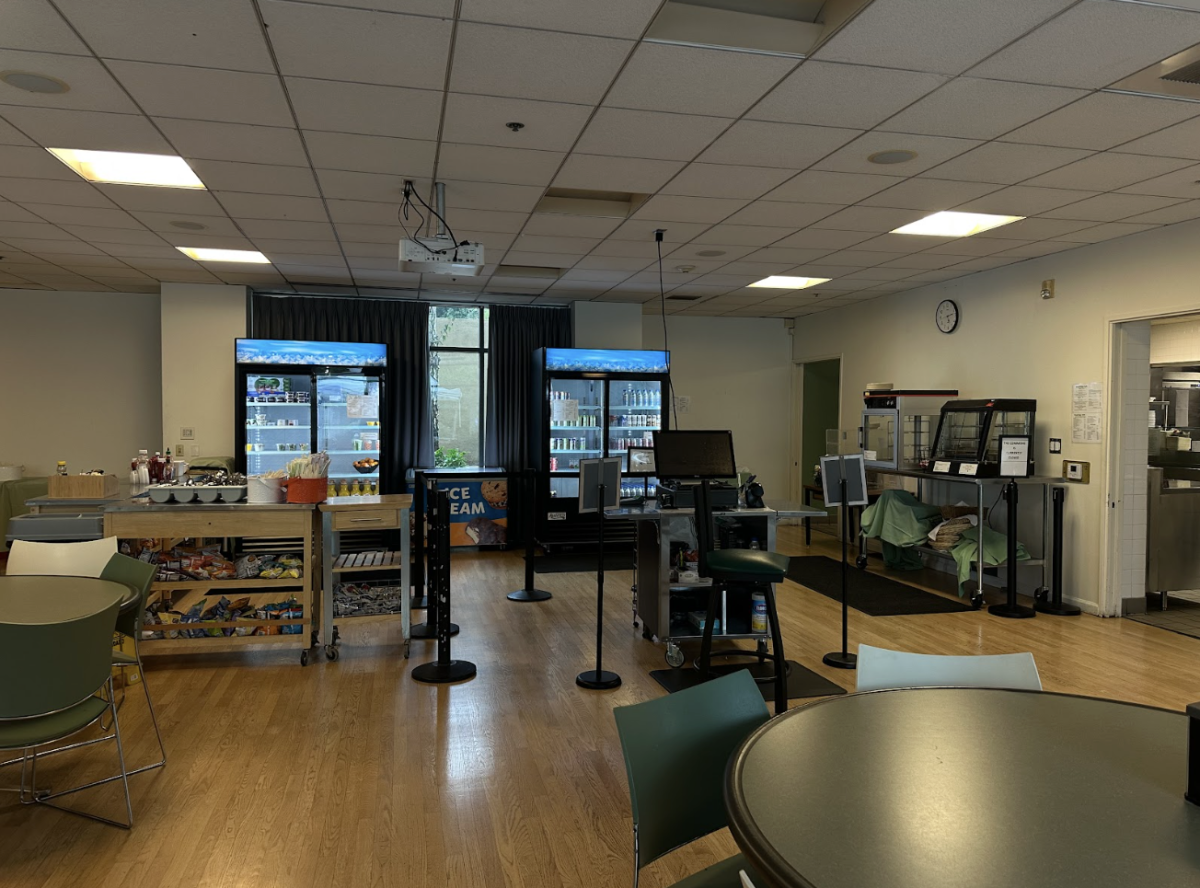





![Dr. Zanita Kelly, Director of Lower and Middle School, pictured above, and the rest of Westridge Administration were instrumental to providing Westridge faculty and staff the support they needed after the Eaton fire. "[Teachers] are part of the community," said Dr. Kelly. "Just like our families and students."](https://westridgespyglass.org/wp-content/uploads/2025/03/dr.-kellyyy-1-e1748143600809.png)

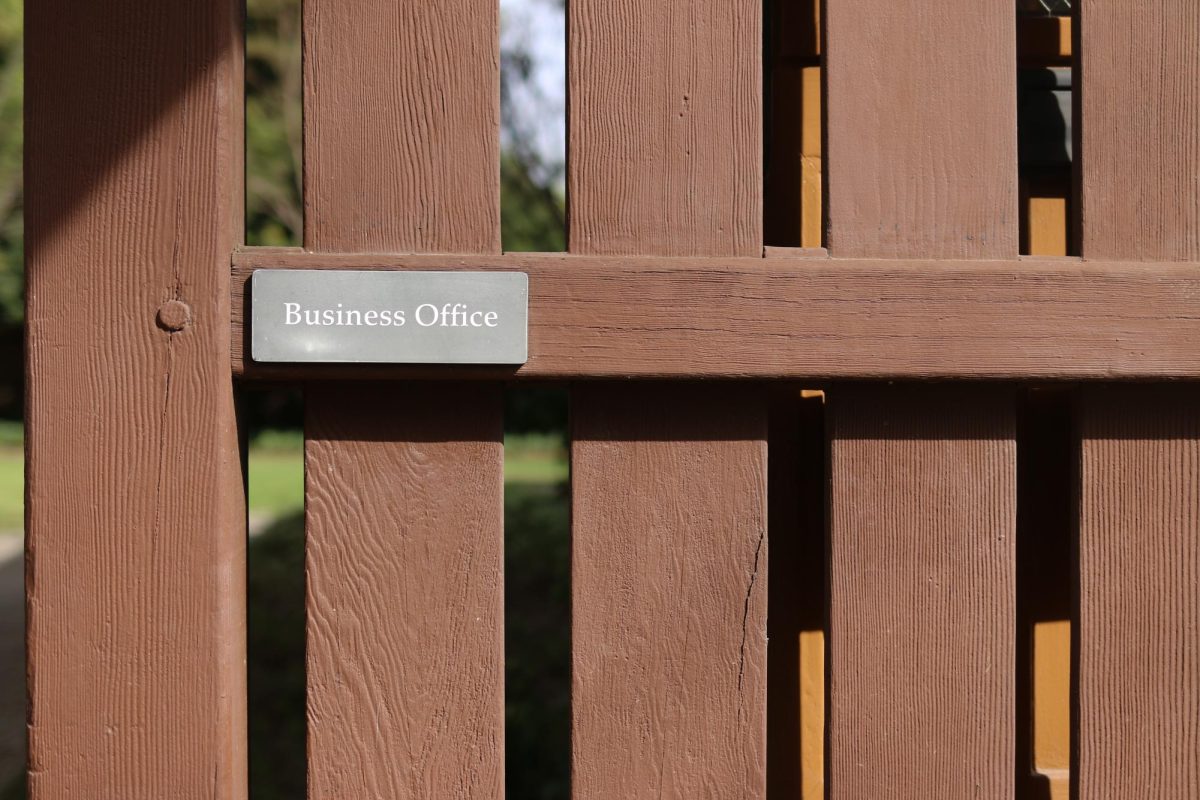
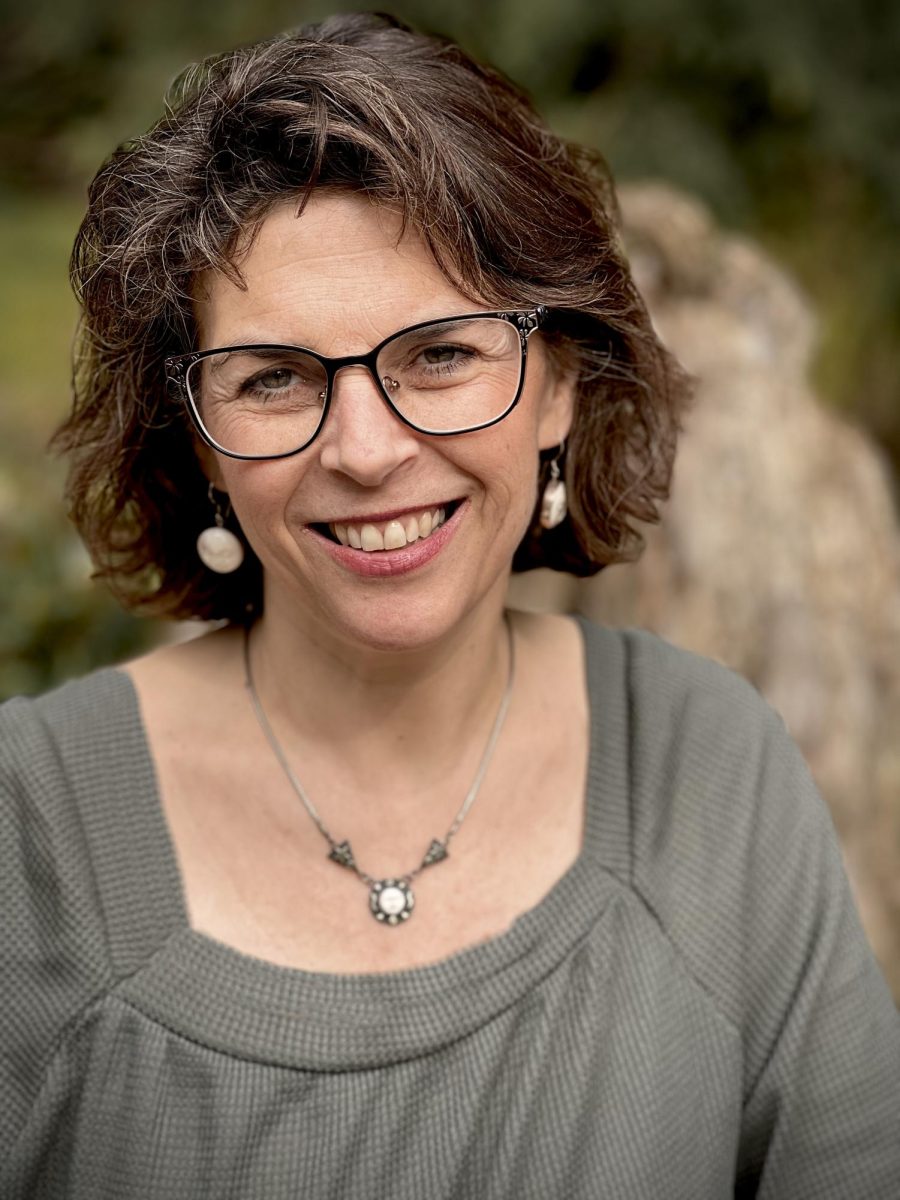






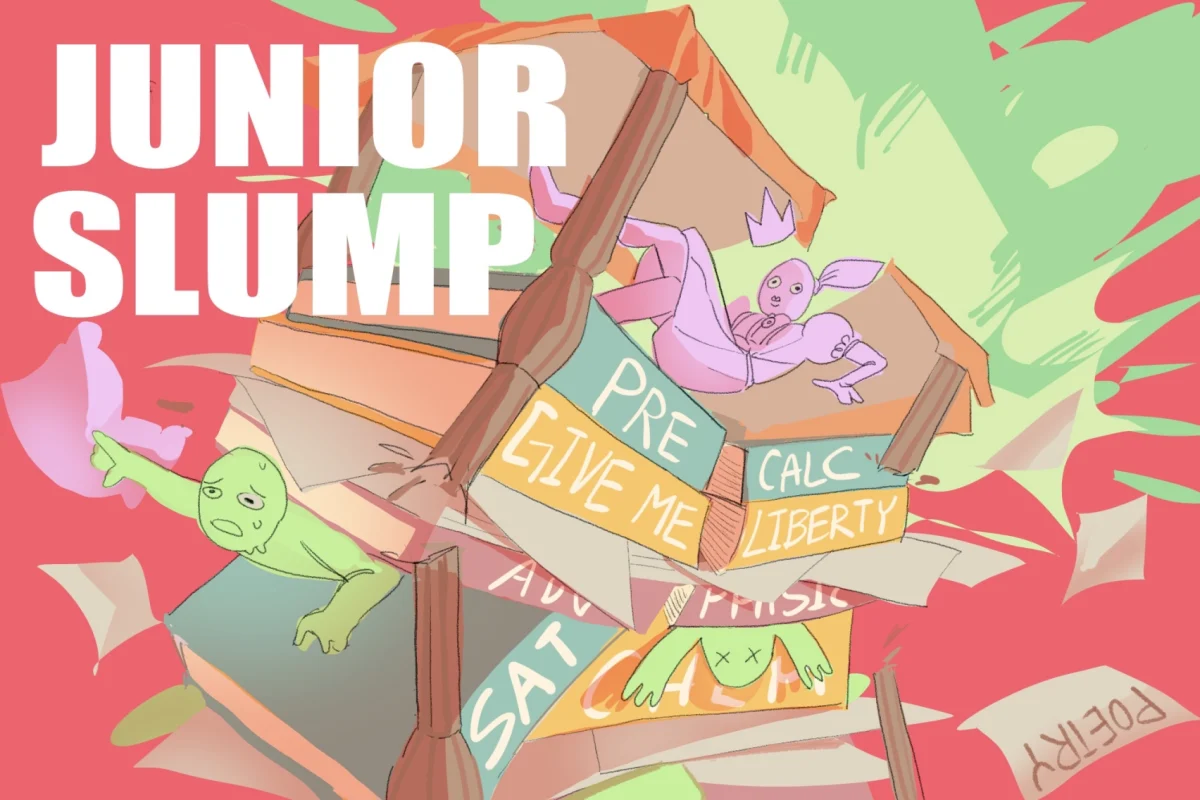






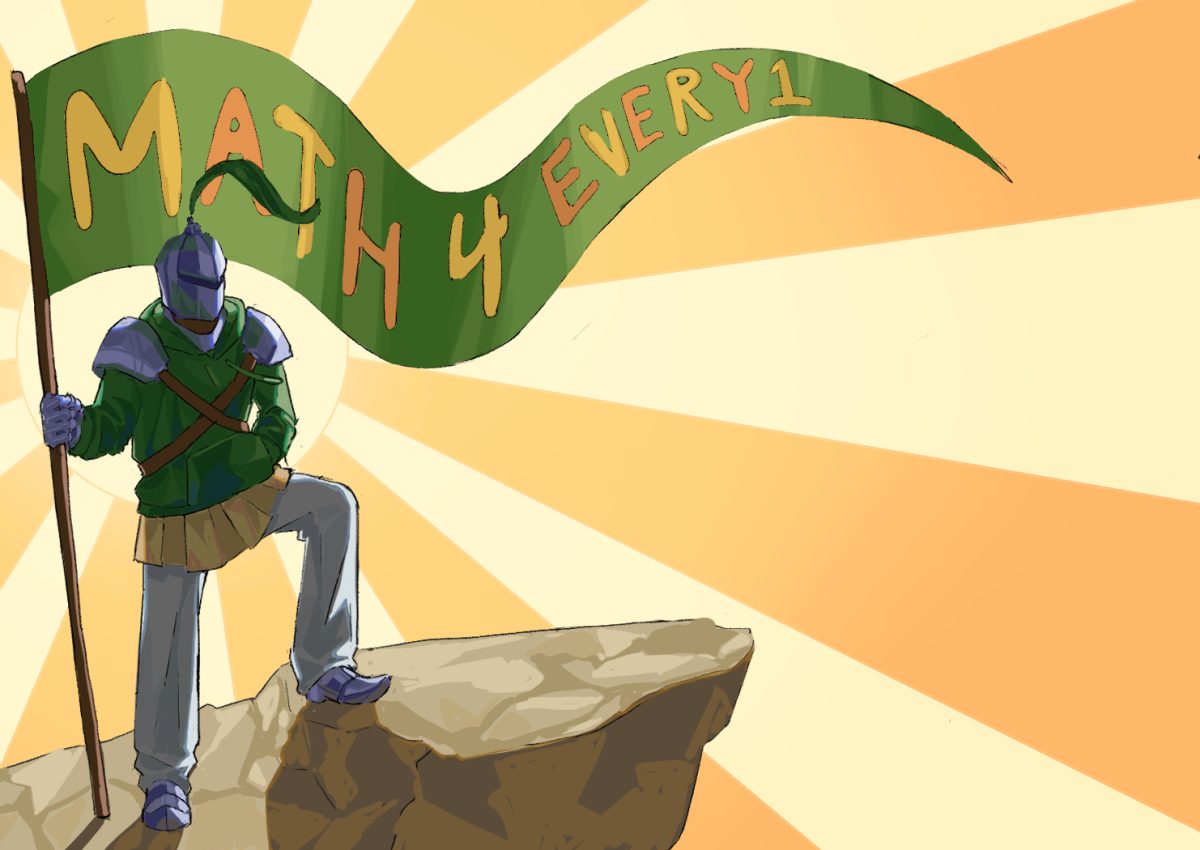
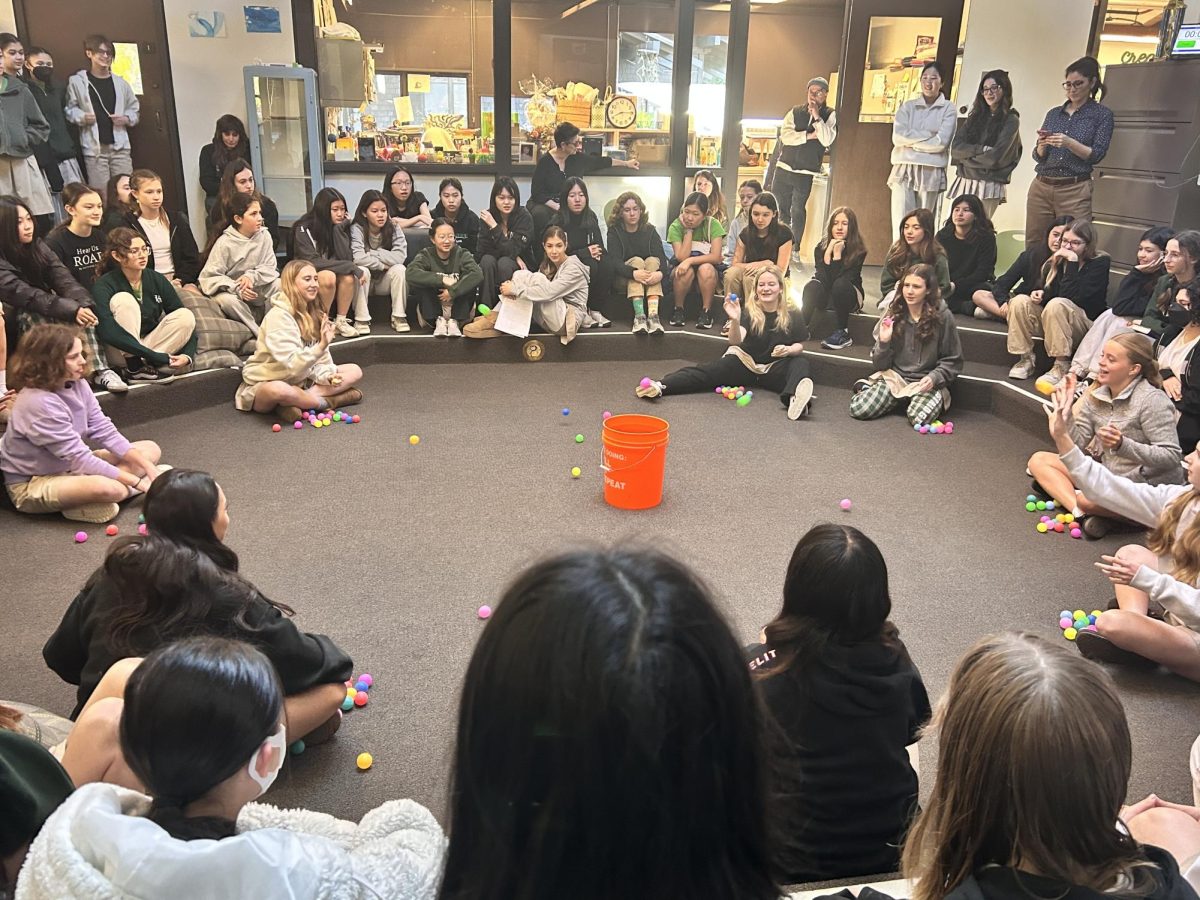




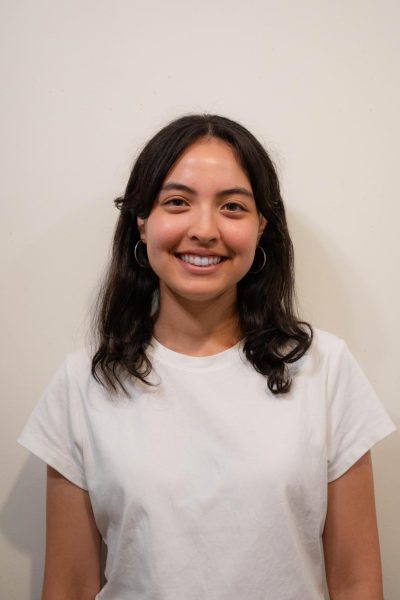

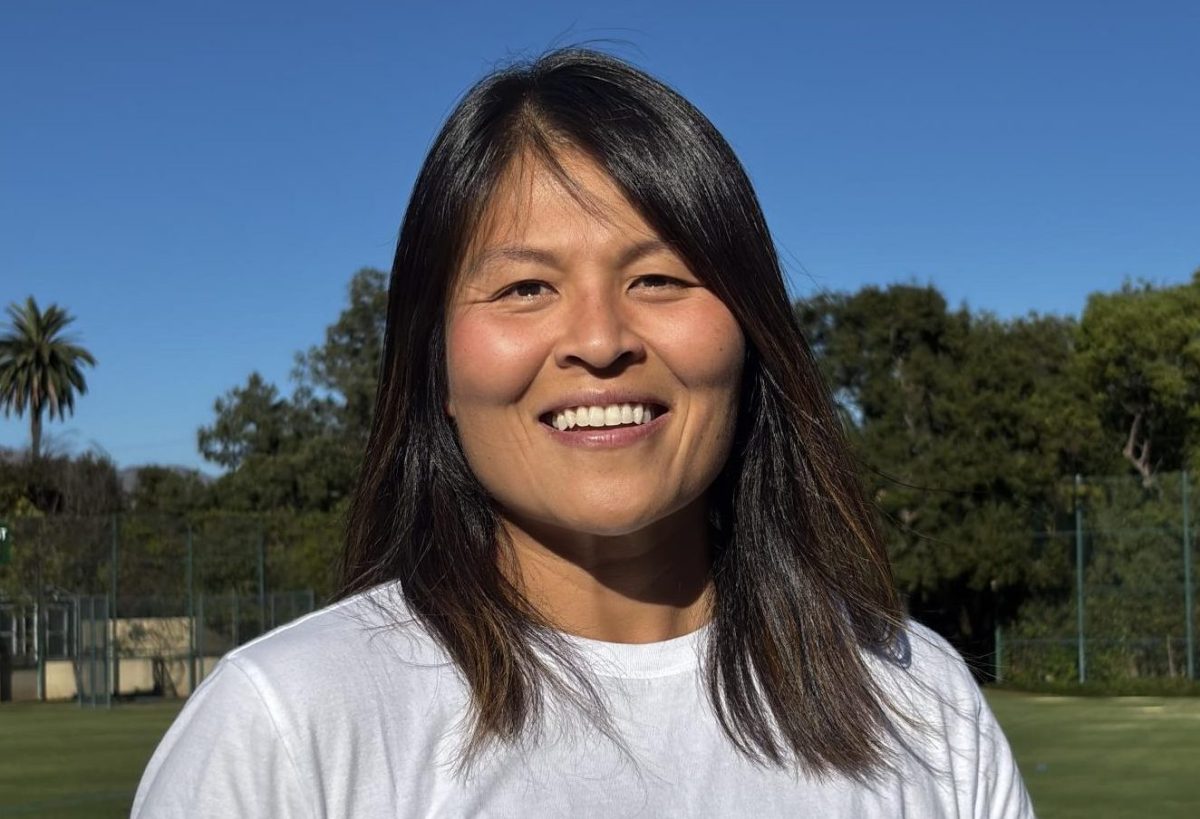

Katherine • Sep 29, 2025 at 11:39 am
Such a meaningful piece! I loved how you gave us multiple perspectives and very thorough information. I learned a lot from this! Great writing, Karalim! Also, the cover art is really pretty 🙂
Mirella Comai • Sep 29, 2025 at 9:38 am
Truly outstanding job, Karalim. You speak eloquently and knowledgeably about the topic at hand, offering us readers the opportunity to immerse ourselves in Westridge’s hectics. Although I wish you made COPY deadline, I wish the best in your future Spyglass endeavors—they are promising.
— Ella Bilu ‘25, former Editor-in-Chief, Social Media Manager, and current freshman at Duke.
Amelie • Sep 29, 2025 at 9:02 am
Karalim, this is really a great article! I’m so sad I wasn’t able to be interviewed but this is very detailed and well-representative of the student body’s frustrations.
Ella Bilu • Sep 28, 2025 at 7:38 pm
Karalim, what a great way to kick off your sophomore year at Spyglass! This feature was balanced and informative. I always remember being a tad frustrated at the timeline of schedules, so I am glad you are writing about this pressing issue. Keep asking questions, and keep pursuing the truth. The world needs you and Spyglass.
— Mirella Comai ’25, former Editor and Social Media Manager